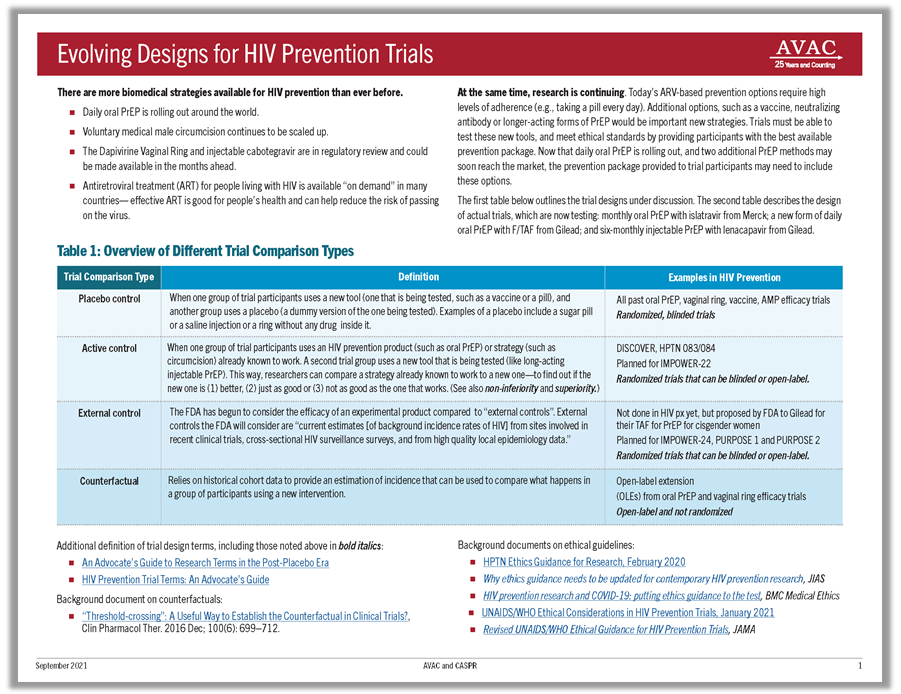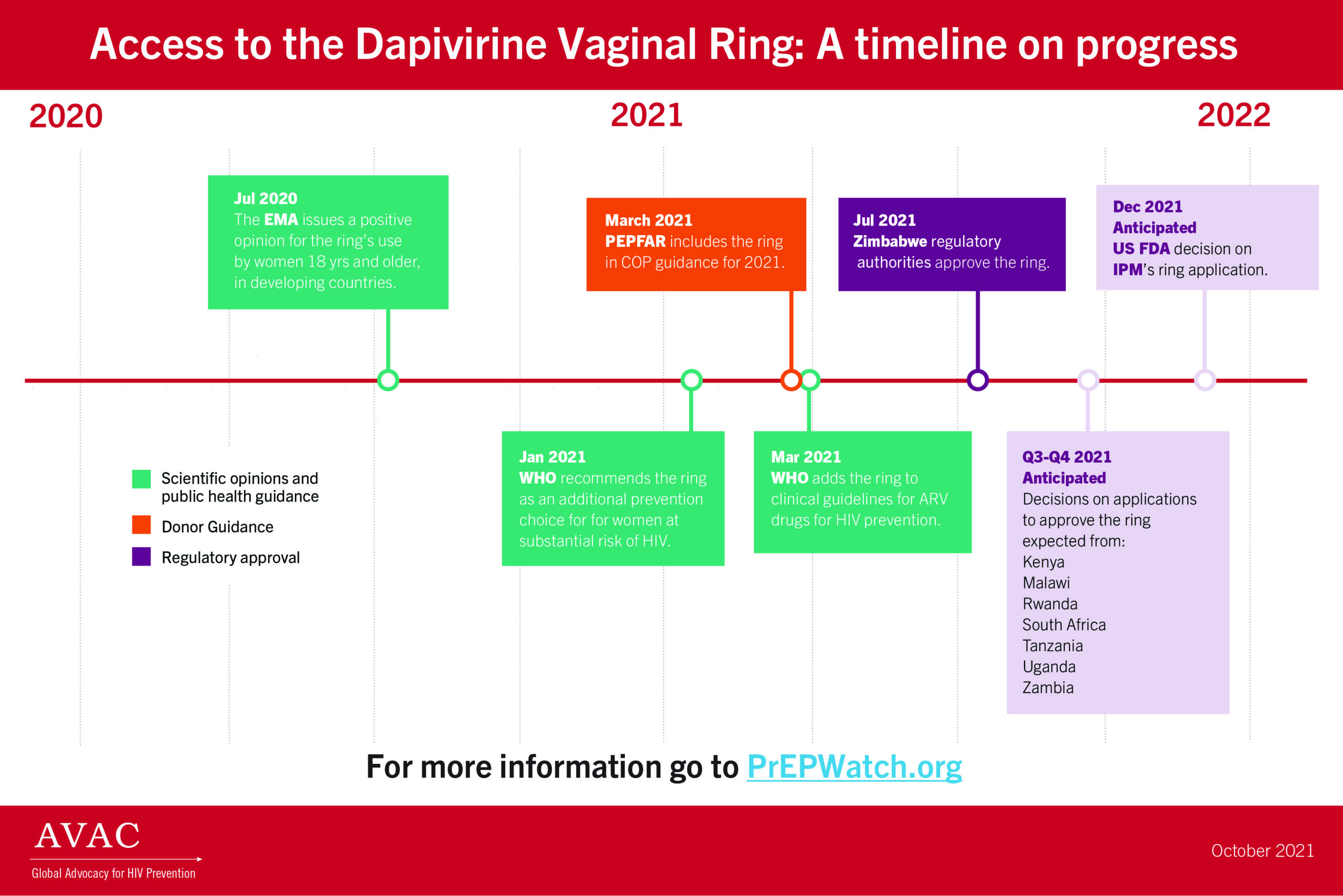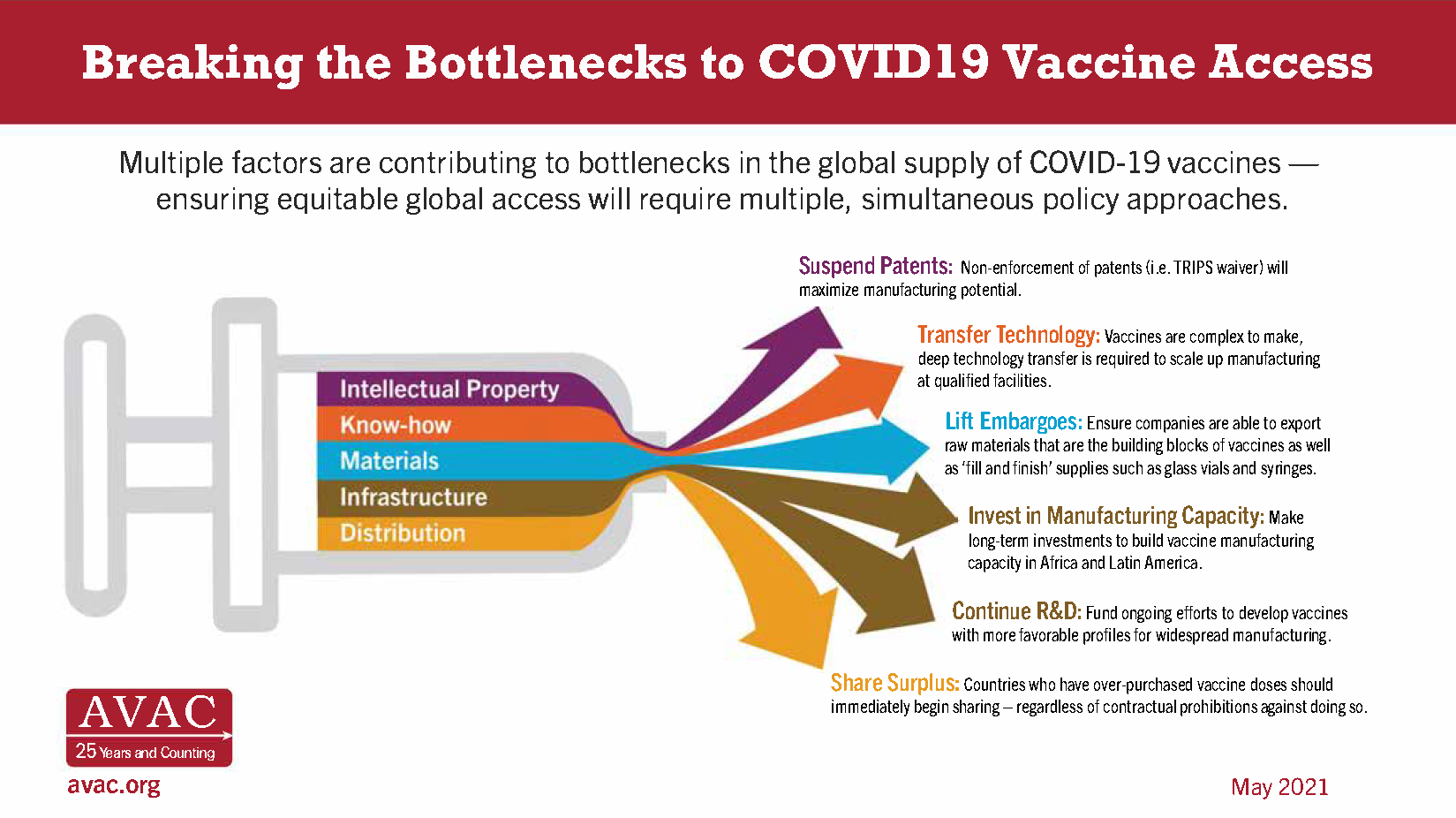In this round-up you’ll find opportunities to register for a webinar on cure research and preview a new course on GPP. In case you missed them, scroll down for resources that cover a spectrum of issues crucial to the progress of HIV prevention today. We hope you’ll watch, read, learn and join the conversation!
Coming up
- Starting soon! Register for a free live session previewing AVAC’s newest GPP course for funders, sponsors and principal investigators at the Union World Conference on Lung Health, today, October 20, 12:00-12:45pm EDT. Don’t miss the live Q&A with the developers of The GPP Compliance Course from 12:30-12:45pm EDT!
- Wondering about funding for HIV cure research and how communities can engage on the issue? Register for the webinar, Investment and Engagement in HIV Cure Research: Looking Ahead on Wednesday October 27, 2021 at 10am EDT.

Integrated Products, Integrated Services
- A recent webinar, Can Fantasies Become Realities? The Quest for Multi-purpose Prevention Products, explored the science underway for combining HIV prevention with either contraception or with protection against other sexually transmitted infections. Hosted by the AIDS Foundation of Chicago (AFC) and AVAC.
- Another webinar, Integration of HIV and Sexual and Reproductive Health in the Era of ARV-Based Prevention: Findings from assessments in Kenya, Malawi and Zimbabwe featured new research from AVAC and partners showing promising approaches to reach adolescent girls and young women (AGYW) with comprehensive and integrated services for HIV and sexual and reproductive health (SRH).
Pushing the Frontier of R&D
- A new report, Situation Analysis Report on Domestic Resource Mobilization for Health Research and Development in Africa by WACI Health, is essential reading in the movement to increase domestic funding among African countries for health research and development. And watch a recent recorded discussion on the issue, Civil Society Round Table Discussion on Domestic Resource Mobilization for Health Research and Development, led by WACI Health and partners.
- AVAC’s Stacey Hannah and Mitchell Warren talk about the state of HIV vaccine research and its relationship with COVID-19 vaccine research in an op-ed published in Spain’s Scientific News and Information Service. Read Initiatives to accelerate the long and difficult search for an HIV vaccine for an overview of how these two major goals in public health have spurred innovation, and how this can and must continue.
- AVAC’s new fact sheet on Evolving Designs for HIV Prevention Trials outlines important trial designs used today, those under consideration for future trials, and the context informing it all. The fact sheet also spotlights a suite of trials testing next-generation trial designs for next-generation PrEP.
- The role of gender and diversity in health research and development was the centerpiece of a webinar early this month, moderated by AVACer Nandi Luthuli. Check out the recording of The Diversity and Gender Equity in Health R & D Webinar. Hosted by SAHTAC, PATH and Campaigning for Cancer.

Many Angles on the Ring
- Read The Dapivirine Vaginal Ring: Gone far and far to go to learn what’s at stake for women and the ring in Zimbabwe, the first country where the Dapivirine Vaginal Ring has reportedly been approved. The blog by journalist and advocate Anna Miti explores what must happen next in Zimbabwe and beyond to make the Ring a reality in women’s lives.
- This infographic, Access to the Dapivirine Vaginal Ring: A timeline on progress, marks key points in the journey to make the ring available.
- Learn more about the Dapivirine Vaginal Ring, the research and evidence behind it, and the advocacy needed for rollout on our dedicated ring page on PrEPwatch.org. And consider signing up to receive the PrEP Ring Quarterly Digest, a quarterly update on efforts to make the ring available, developed by AVAC and FHI 360.

